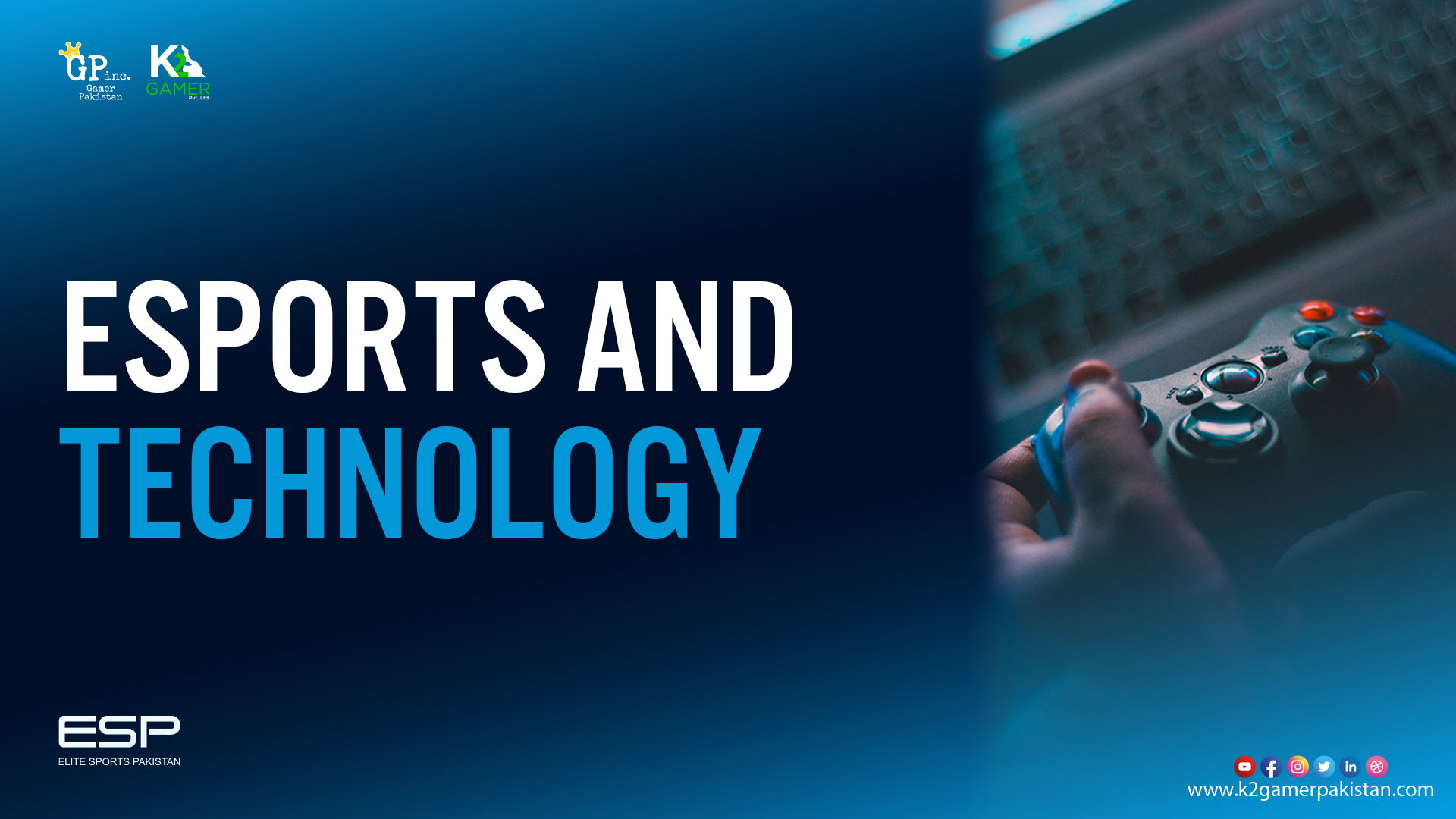Technology and Esports: A Band of Brothers

Esports and technology are intrinsically linked, and the advancement of one creates new horizons for the other. Superior gaming computers and accessories as well as internet connection innovation support global video gaming leagues contributing to improved categorized gaming equipment design. This dynamic is similarly seen in Daily Fantasy Sports (DFS) whereby technology redefines the gaming market. Companies such as DraftKings and FanDuel build on algorithms of real-time statistic data, histories, and strategic representations. This technology-enhanced paradigm sustains constant development and changes in the processes concerning both fantasy sports and esports.
Gaming Hardware:
Esports are not just about high scores and fun games anymore, they have become an inseparable part of the modern gaming experience, an industry that has found its backbone in esports. Esports originate right from the gaming hardware devices that are used in the play. Computers characterized by high-quality processors, high-refresh-rate monitors, and high-quality input devices such as keyboards and mice are crucial for professionals in this gaming fraternity. These parts enable games to operate optimally, minimize delay time, and deliver the responsiveness necessary for the professional level. Graphics processing units (GPUs) have experienced significant improvements, making it easier to provide high-quality visuals and intricate game graphics. It also increases engagement in the game by players and makes esports better for spectators to watch. Currently, giants like NVIDIA and AMD never cease to innovate and develop better technology for gaming, making the possibilities of gaming technology an ever-changing field.
Software: Delving Into the Core of Competitive Gaming
However, the software underpinning esports is no less critical than the hardware behind it. Independently, video game companies are producing more elaborate games that are also designed around multiplayer gameplay. Many of these games have integrated features for spectating and streaming matches which greatly facilitates the process of sharing games with an audience.
Other notable developments within the esports ecosystem also include anti-cheat software to prevent cheaters and fraudsters in every competition. Those involved in this activity make changes to the systems to negate the new ways of cheating hence preserving the integrity of the sport.
Streaming platforms on the rise
One of the emerging trends that has boosted the game streaming market is the establishment of specific services that deal with video game streaming. These platforms provide a platform where gamers can either live stream or watch games while other features include monetization options, chat areas, and notification sections. Some of the popular streaming platforms that are available today include Twitch, YouTube Gaming, GeForce Now, Google Stadia, PlayStation Now, Facebook Gaming, and Parsec.
These platforms attract different skills and have different subscription rates, providing all the players with an opportunity to perform. As more followership develops, game streaming has become a real full-time job where streamers have built strong followership and earn a living through partnership deals, sponsorships, and subscriptions.
Another is the concept of live casino games because casinos have deemed it fit to take their clients’ experiences a notch higher by bringing the actual casino feel to the lives of individuals. With the increased understanding of live dealer games, more and more players exit the normal online casino games.
Virtual Reality: The Next Frontier in Esports
Virtual Reality esports is defined as the use of virtual reality in multiplayer competitive gaming, where the physical movements are in VR. The esports industry has recently grown significantly, and coupled with the relatively low cost of consumer-level VR technologies, the market for VR esports has become relevant. These games are very intense in nature and players are driven by different parameters of video games. A large number of VR games involve specific strategy, which implies cooperation and physical activity, like in sports disciplines.
Audiences of VR esports are more active as they follow the virtual environment as well as the actions of the gamers. VR makes interactions between viewers and broadcasts much closer, enabling a user to fully understand the dynamics of the game, get more intensified emotions, and feel like they are playing in the game. The results prove that viewers have a positive attitude towards VR technologies because VR has certain selling points that traditional esports cannot provide. The materiality of VR is relevant to player behavior since players interpret their competitors’ actions, which results in the development of novel approaches.
Esports in the Future of Technology
Taking its cue from the general growth in popularity of sports, esports has been witnessed to attract millions of viewers. People watch these events for various purposes, some watch to expand their knowledge of the game, some watch to enhance their capabilities, and others watch to explore new strategies. As such some researchers argue that esports is more engaging compared to traditional sports especially for VR esports due to the characteristics of the VR technology. This immersion changes current media broadcasting systems by incorporating VR cams into media broadcasts, increasing the realistic and dynamic experience for viewers.
In conclusion, one can state that esports and technology influence each other and are the primary contributors to the constant growth of both industries. From high-performance gaming equipment to complex software solutions to the emergence of streaming platforms or the possibilities of defining virtual reality, technology defines esports’ development in constant and revolutionary ways. The future of esports is bright as these technologies keep on emerging making it more entertaining and engagingin as the days go by.




